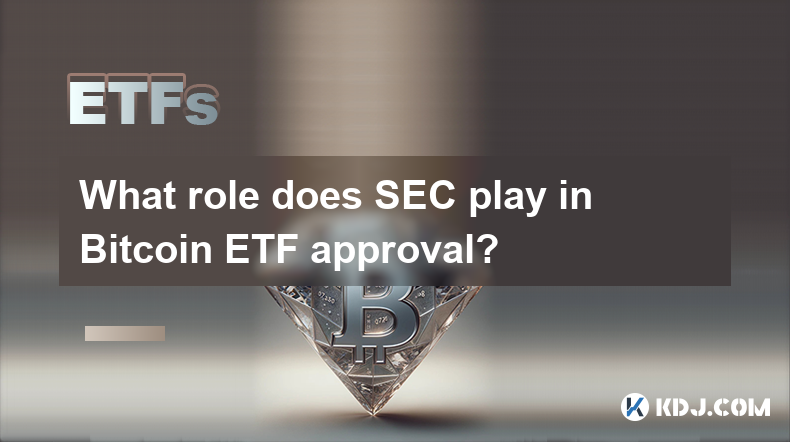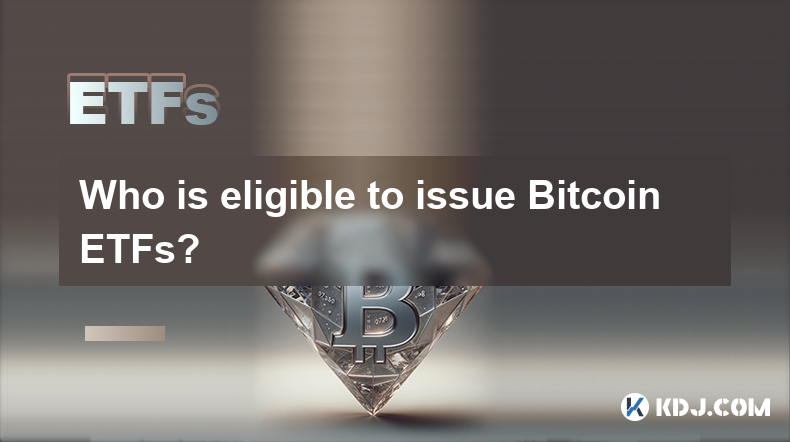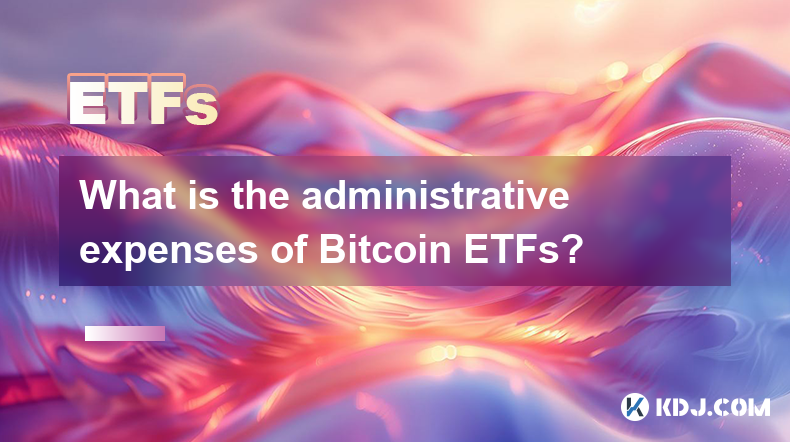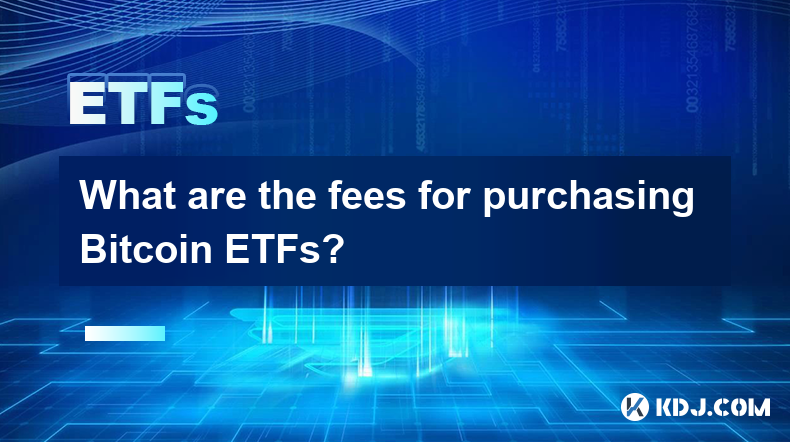-
 Bitcoin
Bitcoin $87,315.1852
3.56% -
 Ethereum
Ethereum $1,630.6745
3.43% -
 Tether USDt
Tether USDt $1.0000
-0.01% -
 XRP
XRP $2.1211
3.50% -
 BNB
BNB $601.3750
1.83% -
 Solana
Solana $139.4069
1.88% -
 USDC
USDC $1.0000
0.00% -
 Dogecoin
Dogecoin $0.1621
5.44% -
 TRON
TRON $0.2427
-1.07% -
 Cardano
Cardano $0.6408
4.12% -
 Chainlink
Chainlink $13.4721
4.10% -
 Avalanche
Avalanche $20.5905
6.44% -
 UNUS SED LEO
UNUS SED LEO $9.0293
-3.55% -
 Stellar
Stellar $0.2580
6.57% -
 Toncoin
Toncoin $3.0124
1.24% -
 Shiba Inu
Shiba Inu $0.0...01262
3.69% -
 Sui
Sui $2.2608
7.36% -
 Hedera
Hedera $0.1701
4.81% -
 Bitcoin Cash
Bitcoin Cash $340.3613
1.98% -
 Polkadot
Polkadot $3.9035
2.19% -
 Litecoin
Litecoin $80.3247
5.82% -
 Hyperliquid
Hyperliquid $17.9745
1.79% -
 Dai
Dai $1.0000
0.00% -
 Bitget Token
Bitget Token $4.4669
1.79% -
 Ethena USDe
Ethena USDe $0.9992
0.00% -
 Pi
Pi $0.6333
1.02% -
 Monero
Monero $215.0155
0.40% -
 Uniswap
Uniswap $5.4281
4.46% -
 Pepe
Pepe $0.0...07881
7.27% -
 Aptos
Aptos $5.1724
4.43%
How to use charting tools to analyze the trend of currency ETFs?
"Charting tools like Bollinger bands and RSI help identify overbought/oversold conditions, ensuring traders make informed decisions about entering or exiting trades."
Jan 05, 2025 at 08:57 pm

Key Points:
Understanding Charting Tools:
- Candlestick charts
- Moving averages
- Bollinger bands
- Relative Strength Index (RSI)
- Stochastic oscillator
Identifying Trends:
- Uptrends and downtrends
- Trendlines
- Candlestick patterns
Analyzing Support and Resistance:
- Identifying price levels where buyers or sellers dominate
- Using trendlines to determine support and resistance
Using Indicators to Confirm Trends:
- Moving averages and exponential moving averages (EMAs)
- Bollinger bands and RSI
- Stochastic oscillator
Trading Strategies:
- Buying at support levels
- Selling at resistance levels
- Using stop-loss orders
Risk Management:
- Managing risk-to-reward ratios
- Using stop-loss orders
- Position sizing
- FAQs:
Detailed Explanations:
Understanding Charting Tools:
- Candlestick charts: Visual representations of price movements using open, high, low, and close prices. They offer insights into price dynamics, such as wicks and bodies, and provide a clear picture of market sentiment.
- Moving averages: Smooth out price data by averaging closing prices over a specified period. They help identify trends and define support and resistance levels.
- Bollinger bands: Calculate the standard deviation of price movements around a moving average, creating an upper and lower band. They indicate potential areas of overbought or oversold conditions.
- Relative Strength Index (RSI): Measures momentum by comparing recent gains to recent losses. An RSI above 70 indicates overbought conditions, below 30 indicates oversold conditions.
- Stochastic oscillator: Compares the current closing price to the high and low prices over a specified period. It fluctuates between 0 and 100, indicating overbought or oversold levels.
Identifying Trends:
- Uptrends: Characterized by higher highs and higher lows. Upward trendlines connect support levels, indicating the direction of the trend.
- Downtrends: Defined by lower highs and lower lows. Downward trendlines connect resistance levels, showing the trend direction.
- Candlestick patterns: specific candlestick formations that provide insights into potential trend reversals or continuations. Examples include bull flags, bear triangles, and double tops/bottoms.
Analyzing Support and Resistance:
- Support: Price levels at which demand overcomes supply, preventing further downward movement. Support can be identified by trendlines, horizontal lines, or moving averages.
- Resistance: Price levels where supply exceeds demand, preventing further upward movement. Resistance can be indicated by trendlines, horizontal lines, or moving averages.
Using Indicators to Confirm Trends:
- Moving averages: Identify trends and predict future price movements. Exponential moving averages (EMAs) place more weight on recent data and are more reactive to price changes.
- Bollinger bands: Highlight trend direction and can indicate potential overbought or oversold conditions. When the price moves outside the bands, it suggests a strong trend.
- RSI and stochastic oscillator: Detect overbought and oversold conditions, providing insights into potential trend reversals.
Trading Strategies:
- Buying at support levels: Buying when the price reaches a support level and reverses upward can capitalize on breakout opportunities.
- Selling at resistance levels: Selling when the price encounters a resistance level and reverses downward can lead to profitable short positions.
- Using stop-loss orders: Protect against potential losses by setting stop-loss orders to limit potential risks.
Risk Management:
- Managing risk-to-reward ratios: Ensure the potential reward outweighs the potential risk by setting appropriate risk-to-reward ratios for trades.
- Using stop-loss orders: Place stop-loss orders to prevent excessive losses if the price moves against the trade expectations.
- Position sizing: Manage the size of each trade relative to the overall portfolio, ensuring sound risk management practices.
FAQs:
What is the best charting tool for analyzing ETF trends?
- The best tool depends on individual preferences. Popular platforms include TradingView, MetaTrader 4, and Thinkorswim.
How can I use RSI to identify overbought and oversold conditions?
- An RSI above 70 indicates overbought conditions, while an RSI below 30 suggests oversold conditions.
How do I use moving averages to confirm trends?
- When the price is consistently trading above a moving average, it indicates an uptrend. When the price falls below the moving average, it suggests a downtrend.
Disclaimer:info@kdj.com
The information provided is not trading advice. kdj.com does not assume any responsibility for any investments made based on the information provided in this article. Cryptocurrencies are highly volatile and it is highly recommended that you invest with caution after thorough research!
If you believe that the content used on this website infringes your copyright, please contact us immediately (info@kdj.com) and we will delete it promptly.
- Ethereum (ETH) Attempts a Comeback as Key Resistance Nears
- 2025-04-21 20:00:20
- Bitcoin Did Not Have the Explosive Start Many Expected
- 2025-04-21 20:00:20
- Bitcoin (BTC) Surges to New All-Time Highs as Gold Market Invests Flock to Safe-Haven Assets
- 2025-04-21 19:55:13
- AI Trading Agents Are Disrupting the Financial Services Industry
- 2025-04-21 19:55:13
- 4 Crypto Coins to Watch That Are Rewriting the Rules
- 2025-04-21 19:50:12
- President Donald Trump's threat to terminate Federal Reserve Chairman Jerome Powell
- 2025-04-21 19:50:12
Related knowledge

What role does SEC play in Bitcoin ETF approval?
Feb 25,2025 at 06:48am
Key Points:SEC's Role in Bitcoin ETF Approval ProcessHistorical Efforts to Establish a Bitcoin ETFSEC's Criteria for Bitcoin ETF ApprovalPotential Impact of a Bitcoin ETF on the Cryptocurrency MarketTimeline and Outlook for Bitcoin ETF ApprovalArticle:SEC Play in Bitcoin ETF ApprovalThe United States Securities and Exchange Commission (SEC) plays a crit...

Who is eligible to issue Bitcoin ETFs?
Feb 25,2025 at 11:13am
Key Points:Only regulated financial institutions with the necessary expertise and infrastructure are eligible to issue Bitcoin ETFs.The Securities and Exchange Commission (SEC) has not yet approved any spot Bitcoin ETFs, but has approved several futures-based ETFs.Applicants must meet stringent requirements, including having a strong track record and su...

What impact does Bitcoin ETF have on the market?
Feb 25,2025 at 11:37am
Key Points:Introduction to Bitcoin ETFs and their role in the cryptocurrency marketHistorical development and performance of Bitcoin ETFsPotential benefits of Bitcoin ETFs for investors and the marketRisks and limitations associated with Bitcoin ETFsRegulatory considerations and their impact on Bitcoin ETFsArticle:Introduction to Bitcoin ETFsBitcoin exc...

Which investors are Bitcoin ETFs suitable for?
Feb 27,2025 at 04:01pm
Key Points:Understanding Bitcoin ETFsBenefits of Bitcoin ETFsSuitability of Bitcoin ETFs for Different InvestorsAssessing Risk Tolerance and Investment GoalsConsidering Short-Term and Long-Term StrategiesExamining Tax ImplicationsSeeking Professional AdviceUnderstanding Bitcoin ETFsBitcoin exchange-traded funds (ETFs) are investment vehicles that track ...

What is the administrative expenses of Bitcoin ETFs?
Feb 26,2025 at 12:24am
Key Points:Administrative expenses are a crucial factor to consider when evaluating Bitcoin ETFs.These expenses can significantly impact the performance of the fund and ultimately the investor's returns.Understanding the various components of administrative expenses is essential for informed decision-making.Comparing administrative expenses across diffe...

What are the fees for purchasing Bitcoin ETFs?
Feb 27,2025 at 07:13pm
Key Points:Bitcoin exchange-traded funds (ETFs) are a cost-effective and regulated way to gain exposure to Bitcoin.Fees associated with Bitcoin ETF purchases vary depending on the platform, trading volume, and account type.It is essential to evaluate fee structures carefully to optimize investment returns.Fees Associated with Purchasing Bitcoin ETFs1. B...

What role does SEC play in Bitcoin ETF approval?
Feb 25,2025 at 06:48am
Key Points:SEC's Role in Bitcoin ETF Approval ProcessHistorical Efforts to Establish a Bitcoin ETFSEC's Criteria for Bitcoin ETF ApprovalPotential Impact of a Bitcoin ETF on the Cryptocurrency MarketTimeline and Outlook for Bitcoin ETF ApprovalArticle:SEC Play in Bitcoin ETF ApprovalThe United States Securities and Exchange Commission (SEC) plays a crit...

Who is eligible to issue Bitcoin ETFs?
Feb 25,2025 at 11:13am
Key Points:Only regulated financial institutions with the necessary expertise and infrastructure are eligible to issue Bitcoin ETFs.The Securities and Exchange Commission (SEC) has not yet approved any spot Bitcoin ETFs, but has approved several futures-based ETFs.Applicants must meet stringent requirements, including having a strong track record and su...

What impact does Bitcoin ETF have on the market?
Feb 25,2025 at 11:37am
Key Points:Introduction to Bitcoin ETFs and their role in the cryptocurrency marketHistorical development and performance of Bitcoin ETFsPotential benefits of Bitcoin ETFs for investors and the marketRisks and limitations associated with Bitcoin ETFsRegulatory considerations and their impact on Bitcoin ETFsArticle:Introduction to Bitcoin ETFsBitcoin exc...

Which investors are Bitcoin ETFs suitable for?
Feb 27,2025 at 04:01pm
Key Points:Understanding Bitcoin ETFsBenefits of Bitcoin ETFsSuitability of Bitcoin ETFs for Different InvestorsAssessing Risk Tolerance and Investment GoalsConsidering Short-Term and Long-Term StrategiesExamining Tax ImplicationsSeeking Professional AdviceUnderstanding Bitcoin ETFsBitcoin exchange-traded funds (ETFs) are investment vehicles that track ...

What is the administrative expenses of Bitcoin ETFs?
Feb 26,2025 at 12:24am
Key Points:Administrative expenses are a crucial factor to consider when evaluating Bitcoin ETFs.These expenses can significantly impact the performance of the fund and ultimately the investor's returns.Understanding the various components of administrative expenses is essential for informed decision-making.Comparing administrative expenses across diffe...

What are the fees for purchasing Bitcoin ETFs?
Feb 27,2025 at 07:13pm
Key Points:Bitcoin exchange-traded funds (ETFs) are a cost-effective and regulated way to gain exposure to Bitcoin.Fees associated with Bitcoin ETF purchases vary depending on the platform, trading volume, and account type.It is essential to evaluate fee structures carefully to optimize investment returns.Fees Associated with Purchasing Bitcoin ETFs1. B...
See all articles






















































































